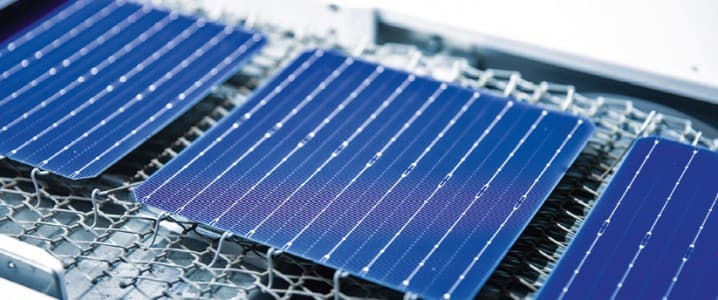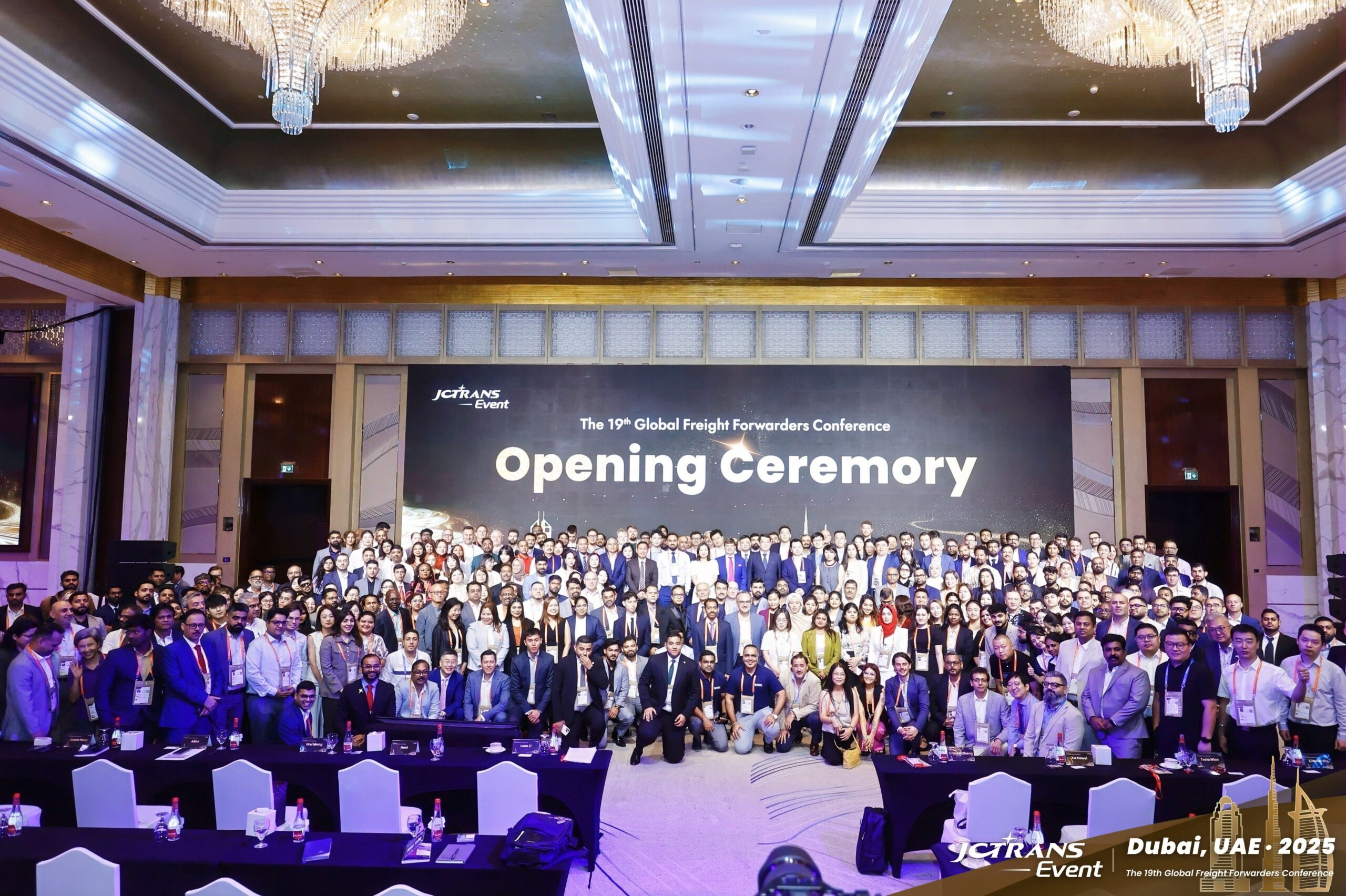China’s Solar Industry Faces $60 Billion Crisis Amid Layoffs

China’s solar industry is undergoing a significant downturn, marked by a staggering loss of approximately $60 billion in 2023. Major solar manufacturers, including Longi Green Energy, Trina Solar, and Jinko Solar, collectively reduced their workforces by nearly one-third last year. An analysis by Reuters of company filings reveals that these firms cut around 87,000 jobs, averaging a 31% reduction in staff. This development highlights the intense pressure these companies face amid falling prices and oversupply.
The current crisis is rooted in a fierce price war exacerbated by overcapacity and weak demand, both domestically and internationally. China produces approximately twice the number of solar panels consumed globally, with the majority originating from its factories. Analysts suggest that the recently reported job losses stem from a combination of layoffs and attrition, as companies implemented pay cuts and reduced working hours to manage their financial downturn. In a politically sensitive environment, layoffs are rarely acknowledged, and companies typically avoid discussing them publicly.
According to Cheng Wang, an analyst at Morningstar, the solar industry has been struggling since late 2023, and the situation is expected to worsen, with projections indicating continued difficulties into 2025. The situation is compounded by the fact that more than 40 solar firms have either delisted, gone bankrupt, or been acquired since 2024.
Government Intervention and Industry Response
The Chinese government, which previously championed the solar sector as a key driver of economic growth, is now grappling with the fallout. A significant expansion of manufacturing capacity between 2020 and 2023, fueled by state support, has led to a collapse in prices and intense competition. This environment, coupled with the impact of US tariffs on exports from Chinese-owned factories in Southeast Asia, has created a perfect storm for the industry.
Despite acknowledging a 5% workforce reduction, companies like Longi have largely refrained from publicizing layoffs. In contrast, China’s official unemployment rate remains stubbornly at 5%, a figure that has not changed in five years, raising questions about the accuracy of employment statistics in light of widespread job losses.
With prices for polysilicon—an essential component in solar manufacturing—surging by nearly 70% in July, the industry is bracing for further government action aimed at reducing overcapacity. Major polysilicon producer GCL has indicated that leading companies plan to form an OPEC-like organization to manage supply and stabilize prices. This group intends to establish a 50 billion yuan fund to acquire and shut down a significant portion of lower-quality production capacity.
The Road Ahead for Solar Manufacturing
President Xi Jinping has called for an end to “disorderly price competition,” signaling potential governmental intervention. In early July, the Ministry of Industry pledged to address price wars and reduce outdated production capacity, although specific timelines for these actions remain unclear. A source familiar with the situation revealed that the government is determined to tackle the issue before the end of its current five-year plan.
Provincial officials have urged solar manufacturers in regions like Anhui to halt new factory projects and close production lines operating below 30% capacity. A board member from a solar firm noted that new manufacturing capacity now requires approval from the National Development and Reform Commission (NDRC). However, many local governments may hesitate to enforce strict measures against overcapacity, fearing the economic ramifications such actions could entail.
As the industry faces unprecedented challenges, analysts like Alan Lau from Jefferies estimate that a reduction of at least 20-30% of current manufacturing capacity is necessary for companies to return to profitability. The scale of losses in the solar sector mirrors those experienced in the struggling real estate market, despite solar being significantly smaller in size.
As the solar industry contends with these challenges, the consequences of China’s approach to economic planning are evident. The shift from aggressive expansion to efforts aimed at reversing course demonstrates the complexities and risks associated with central planning in a rapidly evolving market. The situation remains fluid, with the potential for further developments in both the solar and other affected sectors in the coming months.






